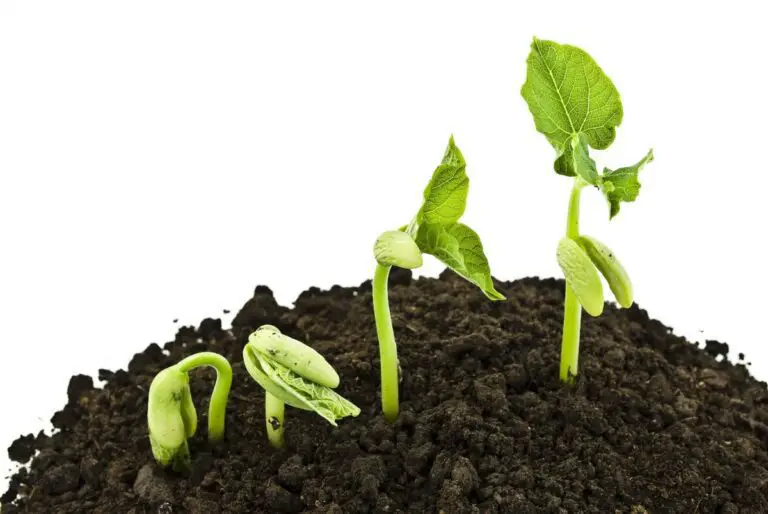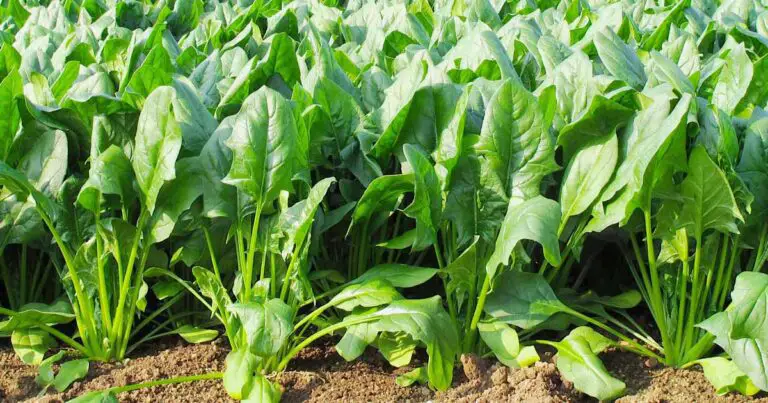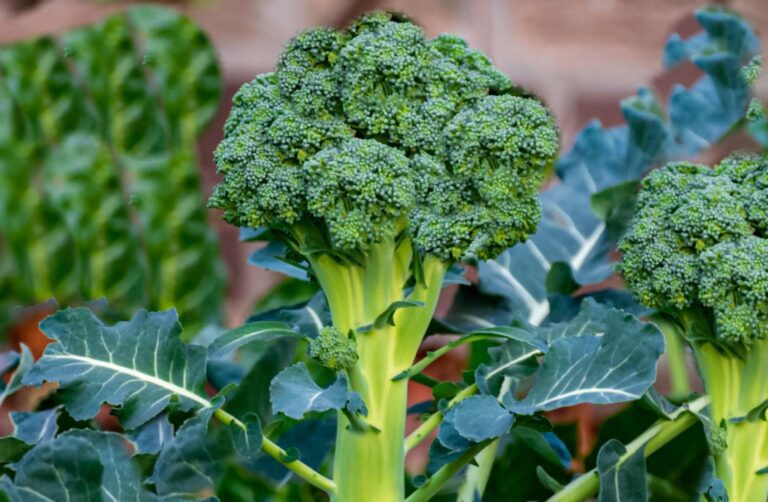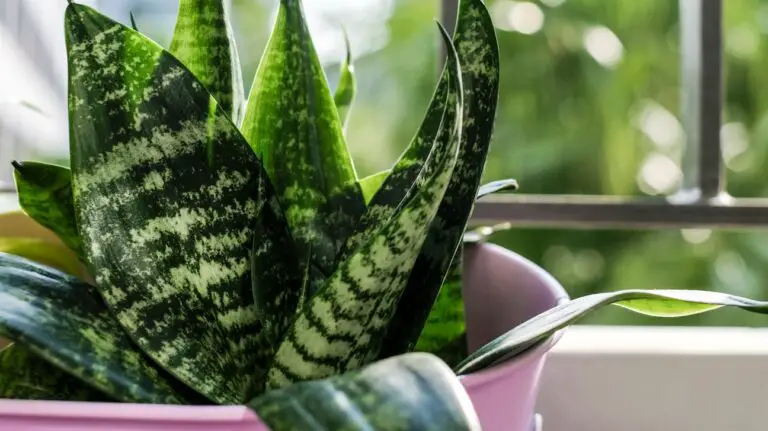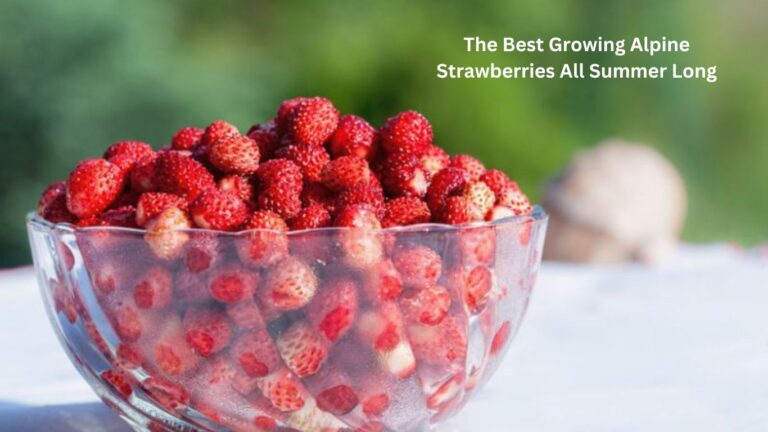String of Hearts: Detailed Care Instructions
Table of Contents
Lighting requirements: String of Hearts
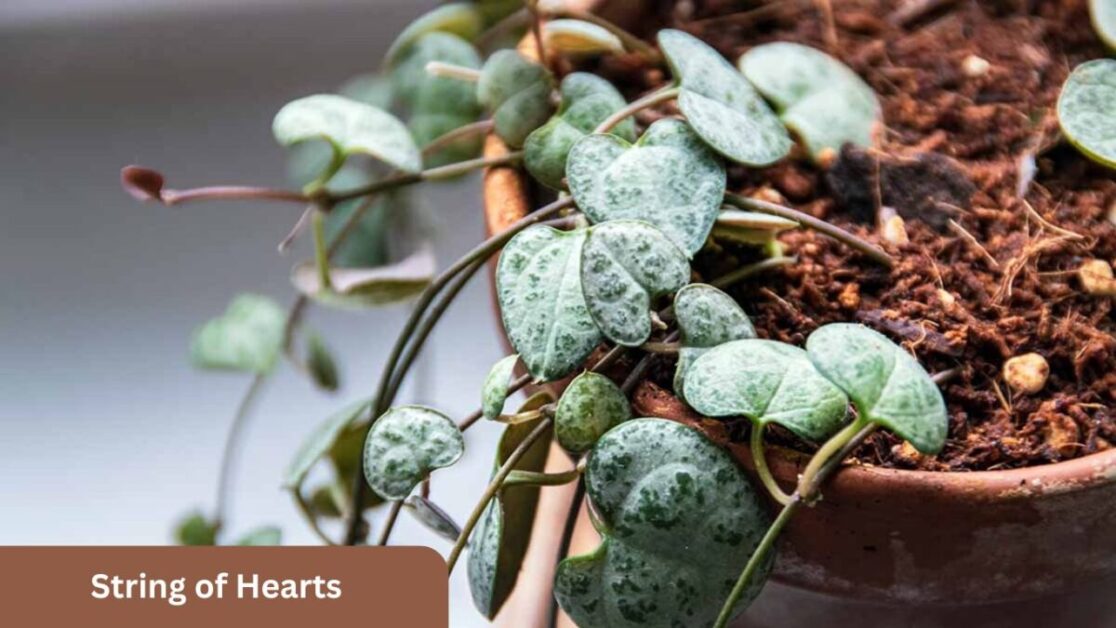
String of Hearts: When considering the lighting requirements for your plants, it is essential to understand the specific needs of each plant species. Some plants thrive in direct sunlight, while others prefer partial shade. Adequate light is crucial for the process of photosynthesis, where plants convert light energy into chemical energy to fuel growth and development.
Plants that require high levels of light intensity typically need at least 6-8 hours of direct sunlight per day. On the other hand, plants that prefer indirect light or shade should be placed in areas with filtered light or away from direct sun exposure. Observing how your plants respond to the light conditions in your home or garden can help you determine the best placement for optimal growth.
Watering schedule of String of Hearts
Proper watering is crucial for maintaining the health and vitality of your plants. Understanding the specific watering needs of each plant species is essential to prevent issues such as overhydration or dehydration. It is recommended to water your plants according to their individual requirements, taking into consideration factors such as the plant’s size, type, and environmental conditions.
To determine when to water your plants, perform a simple soil moisture test by inserting your finger into the soil at a depth of about an inch. If the soil feels dry to the touch, it is time to water your plant. However, if the soil feels moist, it is best to wait before the next watering session. Over-watering can lead to root rot and other health problems, so it is important to strike a balance and adjust the watering frequency based on the plant’s specific needs.
Soil type for v
Choosing the right soil type for your plants is crucial for their overall health and growth. The type of soil you use can significantly impact the plant’s ability to absorb nutrients and water efficiently. Before selecting a soil mix, consider the specific requirements of your plant species to ensure optimal conditions for growth.
Different plants have varying preferences when it comes to soil composition. Some plants thrive in well-draining soil with a sandy texture, while others prefer a more moisture-retentive mix with added organic matter. Understanding the specific needs of your plants will help you choose the most suitable soil type to support their development and ensure they remain healthy and vibrant.
Temperature preferences for String of Hearts
To thrive optimally, it is essential to maintain consistent temperatures that align with the plant’s preferences. Extreme temperature fluctuations can be detrimental to the plant’s health and growth. It is advisable to keep the plant in an environment where the temperature remains stable and within the recommended range. Monitor the surroundings closely to ensure that the plant is not exposed to temperatures that could cause stress or harm.
Understanding the specific temperature preferences of the plant is crucial for its overall well-being. Some plants thrive in warmer conditions, while others prefer cooler environments. By providing the plant with the ideal temperature setting, you can support its physiological functions and promote healthy growth. Adjusting the temperature according to the plant’s preferences can contribute significantly to its thriving and flourishing under your care.
Humidity levels
Maintaining the proper humidity levels is crucial for the optimal growth and health of your plants. Different plant species have varied humidity requirements, so it is essential to research the specific needs of each plant in your care. High humidity can promote fungal diseases and pests, while low humidity can lead to wilting and poor growth. Investing in a hygrometer to measure the humidity levels in your growing environment can help you make informed adjustments to create the ideal conditions for your plants.
To increase humidity levels around your plants, you can utilize simple techniques such as misting them regularly, grouping plants together to create a microclimate, or placing a tray of water near the plants to allow for evaporation. In contrast, if you need to decrease humidity levels, increasing ventilation by using fans or opening windows can help regulate moisture levels effectively. Remember that consistently monitoring and adjusting the humidity levels will contribute to the overall well-being and vitality of your plants.
Fertilizing needs for String of Hearts cultivation
It is crucial to maintain a consistent fertilizing regimen to ensure your plants receive the necessary nutrients for optimal growth. Utilizing a balanced fertilizer with the appropriate ratio of nitrogen, phosphorus, and potassium can help promote healthy foliage, strong roots, and vibrant blooms. When fertilizing, be mindful not to overfeed your plants, as excessive nutrients can lead to nutrient imbalances, leaf burn, or stunted growth.
Consider utilizing a slow-release fertilizer to provide a steady supply of nutrients over an extended period, reducing the risk of nutrient deficiencies or excesses. Additionally, be attentive to the specific needs of each plant species, as different plants may require varying levels of nutrients at different stages of growth. Regular monitoring of your plants’ response to fertilization can help you adjust your feeding schedule accordingly for thriving, flourishing plants.
Potting and repotting guidelines of String of Hearts
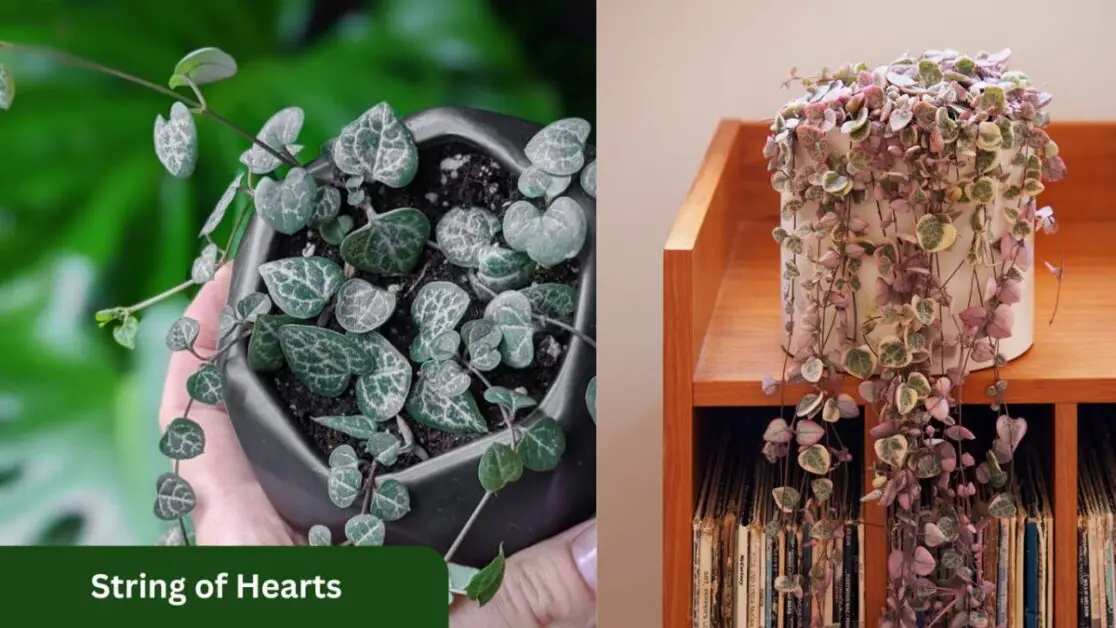
When it comes to potting and repotting your plants, selecting the right container is crucial. The pot should have sufficient drainage holes to prevent waterlogging, promoting healthy root growth. Additionally, choose a pot that allows for some extra space around the roots for future growth. Repotting should be done when the plant shows signs of becoming root-bound or outgrows its current container, typically every 1-2 years for most houseplants.
Before repotting, gently loosen the roots to encourage outward growth and trim any brown or mushy roots. When selecting new soil for repotting, opt for a well-draining mix tailored to the specific needs of your plant. Ensure the new pot is only slightly larger than the previous one to prevent water accumulation and root issues. After repotting, water the plant thoroughly and place it in a suitable location to aid recovery and acclimatization. Remember to monitor the plant closely after repotting to ensure it adjusts well to its new environment.
String of Hearts Propagation methods
One effective method for propagating [plant species] is through stem cuttings. To do this, select a healthy stem and cut it at a 45-degree angle just below a node. Remove any leaves from the lower part of the cutting and place it in a container with water or moist soil. Keep the cutting in a warm and humid environment, and within a few weeks, roots should start to develop, indicating successful propagation.
Another common propagation method for [plant species] is division. This involves separating a mature plant into multiple sections, each with its own roots, stems, and leaves. Carefully dig up the plant and gently pull apart the sections, making sure each division has enough roots to sustain itself. Replant the divided sections in their own containers with well-draining soil, and provide appropriate care to help them establish and grow. Division is a suitable method for plants that naturally produce clumps or multiple stems, making it a practical way to propagate and expand your garden collection.
Pruning techniques for String of Hearts
When it comes to pruning techniques for this specific plant, it is essential to focus on removing any dead or damaged branches to promote healthy growth. Trimming back overgrown areas can also help maintain the plant’s shape and encourage the development of new shoots and blooms. Additionally, regular pruning can improve air circulation within the plant, reducing the risk of diseases and pest infestations.
Another important aspect of pruning this plant is to consider the timing. It is generally best to prune during the plant’s dormant season to minimize stress and ensure proper healing. Avoid pruning during periods of active growth, as this may impede the plant’s ability to recover and flourish. Remember to use clean and sharp tools to make precise cuts and avoid causing unnecessary harm to the plant. By following these pruning techniques, you can help your plant thrive and maintain its beauty and health for years to come.
Pest control tips
When it comes to pest control for your plants, prevention is key. Regularly inspecting your plants for any signs of pests such as chewed leaves, webbing, or discolored spots can help you catch infestations early on. By practicing good plant hygiene, including removing dead leaves and debris, you can create a less hospitable environment for pests to thrive.
For a natural approach to pest control, consider introducing beneficial insects like ladybugs or lacewings to your garden. These insects can help keep pest populations in check by preying on common garden pests such as aphids, mites, and thrips. Additionally, using organic insecticidal soaps or neem oil can be effective in controlling pests while minimizing harm to beneficial insects and the environment.
Disease prevention from String of Hearts Cultivation
To prevent diseases in your plants, it is crucial to practice good hygiene by regularly cleaning your gardening tools and containers. Pathogens can easily spread through contaminated equipment, leading to plant infections. Additionally, avoiding overwatering and providing adequate ventilation can help reduce the risk of fungal diseases, which thrive in moist environments.
Another important preventive measure is to inspect your plants regularly for any signs of pests or diseases. Early detection allows for prompt intervention, such as using natural remedies or plant-based pesticides to prevent the spread of pathogens. Furthermore, maintaining proper spacing between plants can improve air circulation and reduce the likelihood of diseases spreading from one plant to another. By implementing these preventive strategies, you can help ensure the overall health and vitality of your beloved garden.
Common problems to watch for
One common issue to watch for in plant care is overwatering. Excessive watering can lead to root rot, mold growth, and nutrient leaching, which can weaken the plant and make it more susceptible to diseases. To prevent overwatering, it is essential to ensure proper drainage in the soil and to only water the plant when the top inch of the soil is dry.
Another common problem that gardeners may encounter is nutrient deficiency. Plants require a variety of nutrients to thrive, and a lack of essential elements like nitrogen, phosphorus, or potassium can result in stunted growth, yellowing leaves, and overall poor health. Regularly fertilizing the plant with a balanced fertilizer formulated for its specific needs can help prevent nutrient deficiencies and promote healthy growth.
Best practices for displaying the plant
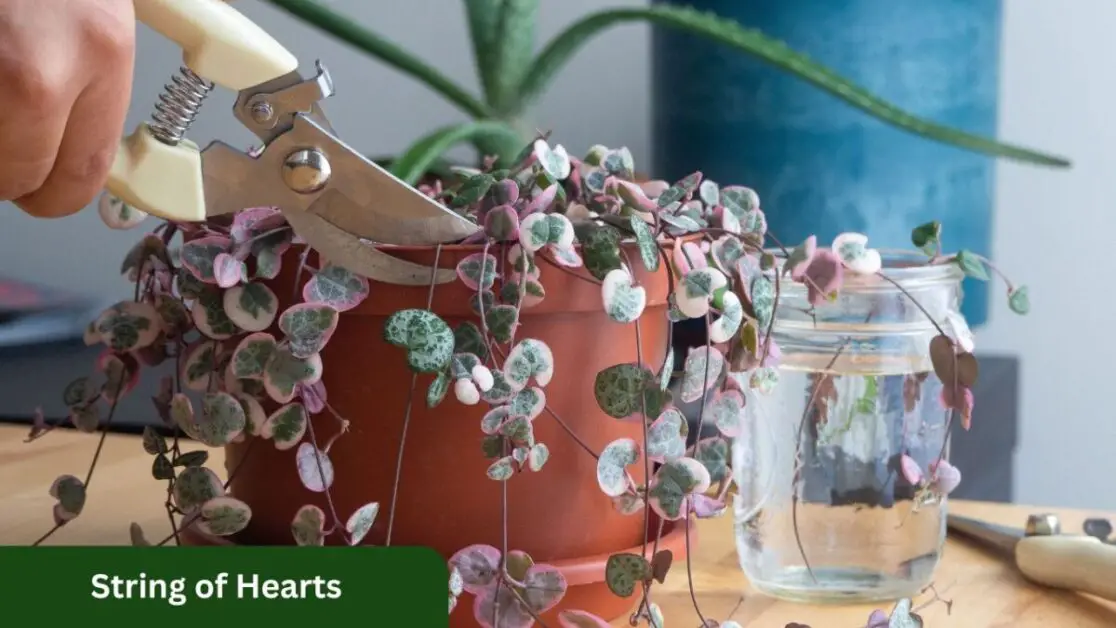
When displaying your plants, consider the lighting requirements first. Place your plant in a spot that receives adequate light based on its specific needs. Avoid placing it in direct sunlight if it prefers shade, and conversely, ensure it gets enough sunlight if it is a sun-loving plant. Adequate lighting helps the plant thrive and maintain its health and vibrancy.
In addition to lighting, pay attention to the temperature preferences of your plant when choosing a display location. Some plants thrive in warmer temperatures, while others prefer cooler environments. By placing your plant in an area with the right temperature range, you can create an ideal growing condition that promotes optimal growth and overall well-being.
Here’s a simple table about the String of Hearts plant:
| Attribute | Description |
|---|---|
| Scientific Name | Ceropegia woodii |
| Common Names | String of Hearts, Rosary Vine, Chain of Hearts |
| Family | Apocynaceae |
| Origin | South Africa |
| Type | Perennial succulent vine |
| Growth Habit | Trailing or hanging |
| Light Requirements | Bright indirect light |
| Watering Needs | Allow soil to dry slightly between waterings |
| Soil Type | Well-draining soil mix |
| Temperature | Prefers temperatures between 60-80°F (15-27°C) |
| Humidity | Moderate to high humidity |
| Fertilization | Feed monthly during the growing season |
| Propagation | Stem cuttings |
| Common Uses | Hanging baskets, trailing over shelves |
| Pests/Diseases | Susceptible to mealybugs and root rot |
| Special Features | Heart-shaped leaves with silver markings |
This table provides a basic overview of the String of Hearts plant, including its scientific and common names, origin, care requirements, propagation methods, and notable features.
Seasonal care considerations
As the seasons change, it is essential to adjust your plant care routine accordingly to ensure the optimal growth and health of your botanical beauties. During the warmer months, increased sunlight and temperatures may necessitate more frequent watering to prevent dehydration and ensure that your plants are thriving in the heat. On the other hand, in the colder months, your plants may require less water as they enter a period of dormancy, where growth slows down, and water needs decrease. Understanding these seasonal fluctuations and responding appropriately will help you maintain a flourishing indoor garden year-round.
Aside from watering adjustments, it is also crucial to consider seasonal changes in light exposure and temperature variations when caring for your plants. During the winter months, shorter days and lower light intensity can impact your plant’s growth rate and overall health. Supplemental lighting may be necessary to provide adequate illumination for photosynthesis. Additionally, fluctuations in temperatures, especially cold drafts or sudden temperature drops, can stress plants and make them more susceptible to diseases and pest infestations. Monitoring and regulating these environmental factors can help your plants thrive and ensure they are well-equipped to withstand seasonal challenges.
Additional tips for optimal growth
To further optimize the growth of your plants, consider providing adequate airflow in the growing environment. Proper ventilation can help prevent the build-up of excess moisture, reducing the risk of fungal diseases and promoting healthy plant growth. Ensure that there is sufficient air circulation around the plant’s foliage to support optimal photosynthesis and transpiration processes.
In addition, regular monitoring of environmental conditions such as temperature and humidity levels can contribute to the overall health and vigor of your plants. By maintaining ideal growing conditions specific to your plant species, you can create a thriving environment that fosters robust growth and minimizes stress factors. Pay attention to any fluctuations in these factors and make necessary adjustments to support your plants’ growth and development.
What are some common problems to watch for when growing the plant?
Some common problems to watch for include yellowing leaves, wilting, pests such as spider mites or aphids, and root rot from overwatering.
How often should I fertilize the plant for optimal growth?
It is recommended to fertilize the plant every 2-4 weeks during the growing season with a balanced fertilizer, and to stop fertilizing during the winter months.
What are the best practices for displaying the plant in my home?
The plant should be placed in a location with bright, indirect light and away from drafts or heating vents. It is also important to rotate the plant occasionally to ensure even growth.
How should I adjust my care routine for the plant during different seasons?
During the winter months, it is important to reduce watering frequency and avoid placing the plant near cold drafts. In the summer, the plant may require more frequent watering and benefits from increased humidity levels.
What are some additional tips for optimal growth that I should keep in mind?
Some additional tips for optimal growth include regularly inspecting the plant for signs of pests or disease, adjusting watering frequency based on the plant’s needs, and providing adequate support for climbing varieties.


